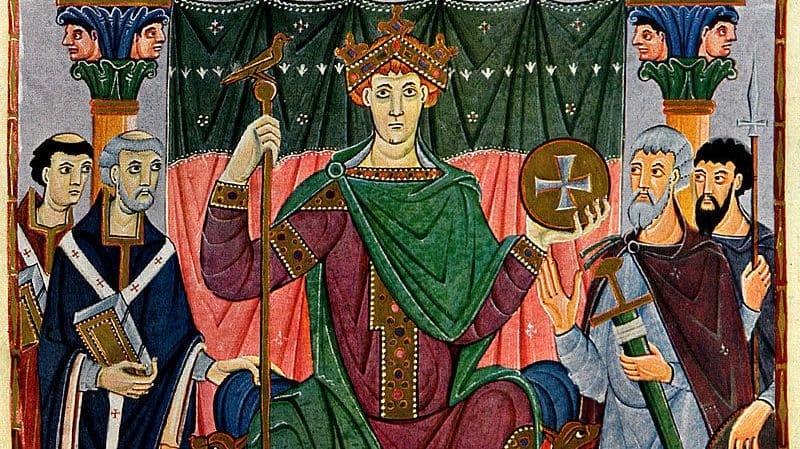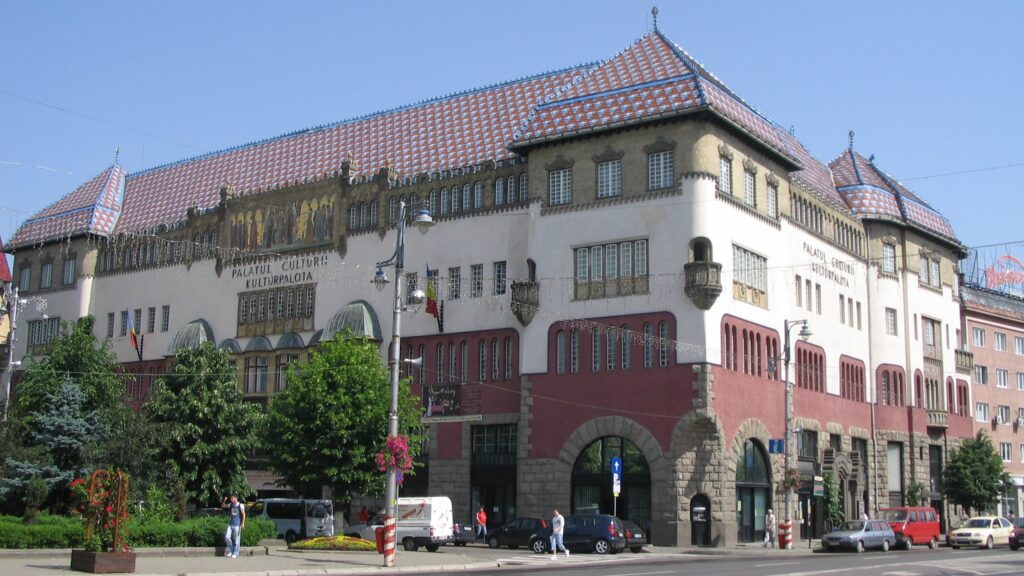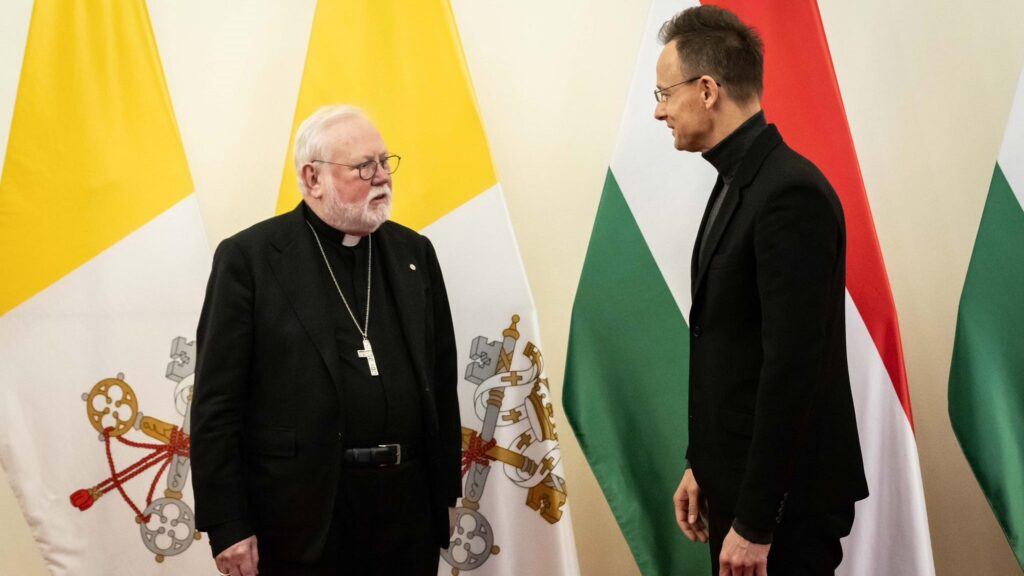Every year on 20 August, Hungary celebrates the anniversary of the foundation of the State in 1000 AD, associated with the name of King Saint Stephen. However, the year 1000 is not only memorable for Hungarians: at the turn of the first millennium, unexpected events took place in the whole of Europe, including on the fringes of the continent barely touched by Latin Christianity, in Poland and Hungary, where Christian conversion had been going on for years. In Poland, conversion had begun earlier, when Prince Mieszko I (r. 960–992) converted to Christianity in 966 and founded the first bishopric of the Principality in Poznań. Although the bishopric came under the jurisdiction of the Archdiocese of Magdeburg, it enjoyed the special protection of the Roman Pontiff after Mieszko offered his country to the Holy See.
A few years later, something similar happened in the Hungarian Principality, too, after the first missionaries appeared in 973. While the pledge of Christianity for the Poles was the marriage of Mieszko to Doubravka of Bohemia, daughter of the then already Christian Czech Prince, for the Hungarians it was the marriage of Stephen, son of Prince Géza, to Gisela, the sister of Henry, Prince of Bavaria. The significance of the marriage was that Stephen became Prince in 997 and King in 1000, reigning long until 1038, and Henry II became Holy Roman Emperor in 1002. Stephen’s reign was comparable in importance to that of Mieszko and his successor Bolesław I the Brave (r. 992–1025), thus it is not by chance that he is considered the founder of the Hungarian State and Church. For his merits, in 1093 the then Hungarian ruler, Ladislaus I, had Stephen, together with his son Emeric, canonised.
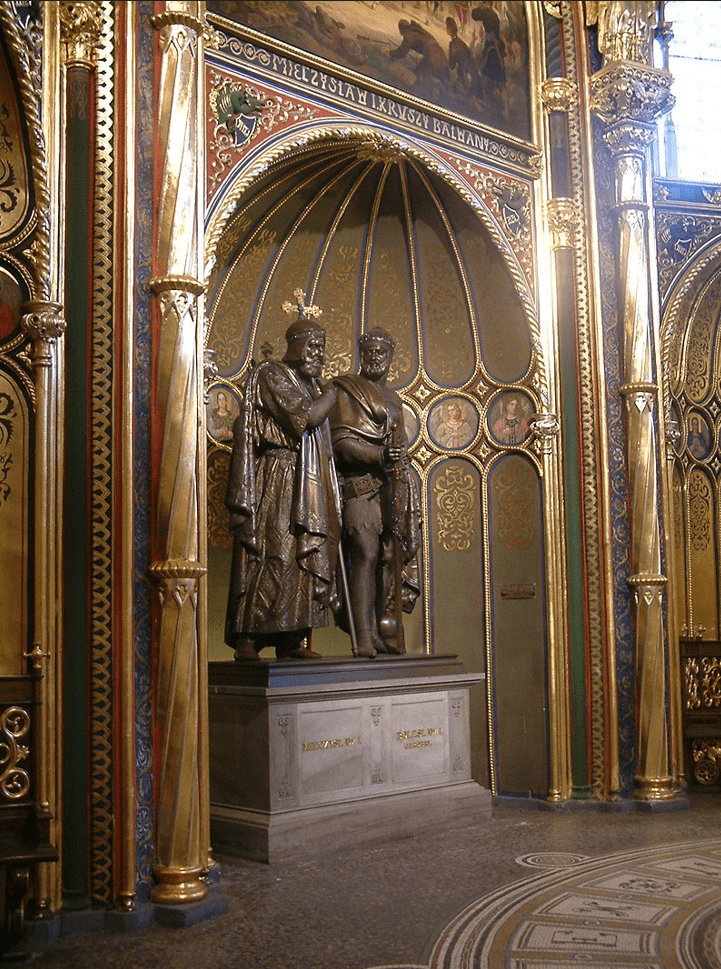
In both countries, Christian conversion was strongly supported by the Germans;
therefore, they were naturally integrated into the German Church organisation. However, political and ecclesiastical relations took an unexpected turn during the reign of Emperor Otto III (r. 994–1002). The Emperor granted ecclesiastical and political independence to both territories, a move that met with extreme disapproval by contemporary German chroniclers.
The reign of Otto III was extraordinary anyway. He was only three years old when his father Emperor Otto II died unexpectedly in 983, and until 994, he lived under the tutelage of his mother, the Byzantine princess Theophanu, and then his grandmother, Adelhaid, who was canonised in 1097. The young man, who received the best ecclesiastical and secular education, spent only six years on the throne of the Empire (996–1002), but his reign had a more profound effect on his contemporaries and left more memory for posterity than other rulers who lived longer.
He was constantly on the move, and his main aim in life was the ‘renewal of the empire of the Romans’ (renovatio imperii Romanorum in Latin). To this end, he consolidated the Pope’s authority in Rome by supporting his candidates for the papal throne, including his former advisor Silvester II (r. 999–1003), who reigned in the year 1000, and then himself, from 998 onwards, resided almost continuously in Rome. He made Rome the centre of his universalistic Christian empire, building his palace on the Palatine Hill on the ancient Roman model. His plans for the Polish and Hungarian territories may have already been decided during his stay in Rome in 999, which were then confirmed by the Council of Ravenna in 1001, held in the presence of the Pope.
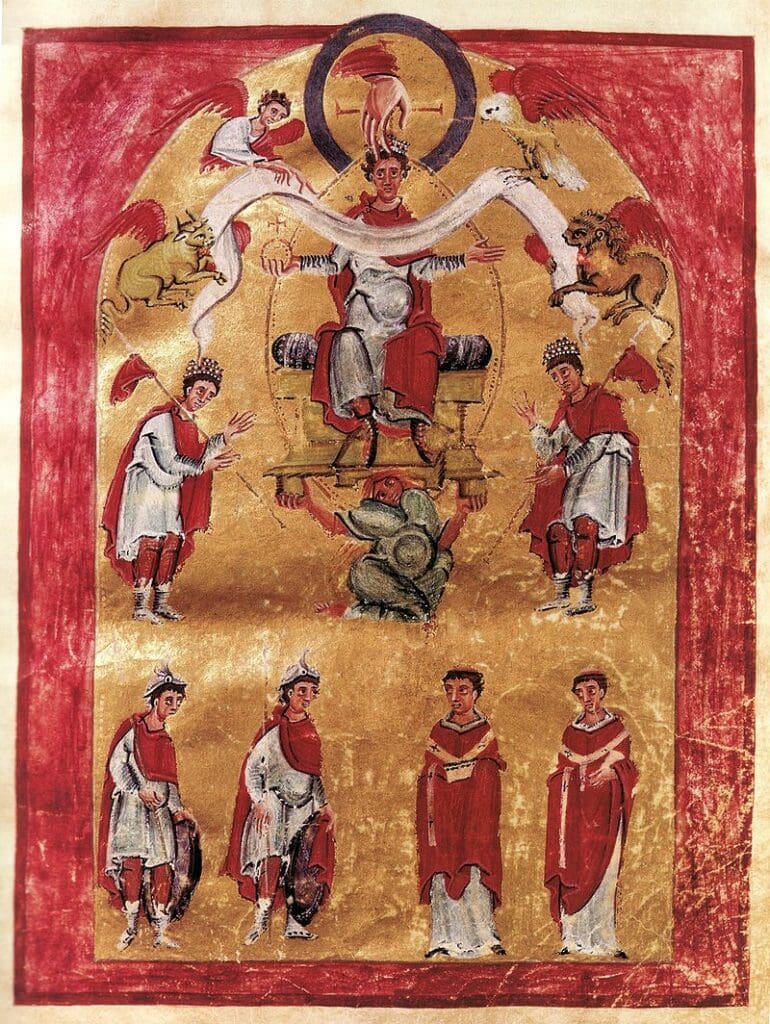
His stay there was interrupted by his pilgrimages, among which his journey to the tomb of St Adalbert (d. 997) in Gniezno during Lent in 1000 stands out. Mieszko’s son, Bolesław, welcomed the Emperor warmly, who bestowed on him a special honour. The chronicle describes their meeting as follows:
‘“Such a great man does not deserve to be styled duke or count like any of the princes, but to be raised to a royal throne and adorned with a diadem in glory.” And with these words he took the imperial diadem from his own head and laid it upon the head of Boleslaw in pledge of friendship And as a triumphal banner he gave him as a gift one of the nails from the cross of our Lord with the lance of St Maurice, and in return Bolesław gave to him an arm of St Adalbert. And in such love were they united that day that the emperor declared him his brother and partner in the Empire, and called him a friend and ally of the Roman people.’[1]
It was equally important that at the meeting the Emperor elevated the bishopric of Gniezno to the rank of archbishopric. It is no coincidence, therefore, that the encounter of the German and Polish rulers is also referred to by modern historians as the ‘congress/summit of Gniezno’.[2] Historians still debate to this day how the words of the 12th century Polish chronicler should be interpreted, and whether the act described can really be regarded as a coronation. What is certain, however, is that Otto III wanted to put German–Polish relations on a completely new footing.
Unfortunately, we know much less about the coronation of the first Hungarian King and the foundation of the Archbishopric of Esztergom in 1000/1001;
even its exact date is uncertain.[3] The Hungarian chroniclers silently neglect the events, ignoring the presentation of the German Holy Lance to the Hungarian King, apparently in the name of fighting German influence. In this respect, the Legend of King Stephen, written around 1100, only mentions the role of the Pope:
‘[Stephen] sent the prelate Ascricus, who by another name is also called Anastasius, to the threshold of the holy apostles…that he confirm the church of Esztergom as head by the authority of his signature, and that he fortify the rest of the bishoprics by his blessing. Also, that he would deign to strengthen him [Stephen] by a royal diadem, so that, supported by that office, what he had begun by the grace of God he could stabilise more solidly…Thus having acquired the letter of apostolic benediction together with the crown and the cross, the beloved of God, Stephen was proclaimed king and, anointed by unction with chrism, was propitiously crowned with the diadem of royal dignity while the prelates and the clergy, the counts and the commoners acclaimed him with unanimous praise.’[4]
The legend is indeed plausible since the Emperor and the Pope were both in Italy at the turn of the millennium, and it is clear that they were visited by embassies led by high priests to obtain privileges concerning the organisation of the Hungarian State. Otto III and Sylvester II possibly took their decisions in great unanimity, as the conditions for cooperation between the Church and the secular sphere were already given. It is only the Hungarian chronicler’s tendentious decision to omit the name of the Emperor from this narrative…
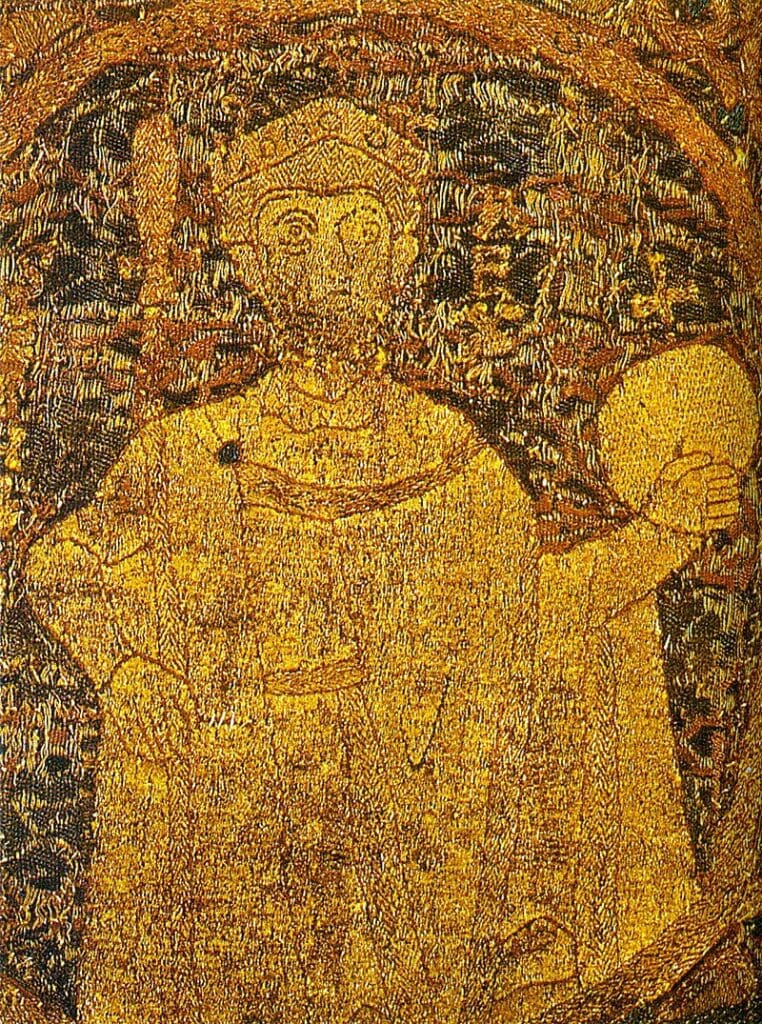
But why did it all happen in the year 1000? According to the Book of Genesis, the Lord rested on the seventh day after six days of work, and believers, following Psalm 90, assigned a millennium to each day. Accordingly, the world entered its final age, having passed the sixth millennium in 1000, and the 1033rd anniversary of Christ’s death on the cross was also approaching.
To this day, international research is divided on the apocalyptic expectations around the year 1000.
It is hard to deny that contemporaries were preoccupied with the prospect of the end of the world, as they were often reminded of it by the careful reading of the Bible, as well as by the classics of medieval historiography and ecclesiastical literature. It was clear from the monarch’s mirrors and manuals that he was responsible for the spiritual salvation of his subjects, too, and that he had a special responsibility to prepare for the Last Judgement. Rulers had a flair for commemorating turning points in Christian history and, at the same time, in the history of salvation, and Otto III was no different either. Based on the written sources and relics concerning the Emperor, it is a fair assumption that the process of conversion and church organisation in Central Europe was a conscious effort on his part. Against this background, the figure of a Christian ruler preparing the world for the new millennium can be discerned, even if at the time there was perhaps no talk of a doomsday paranoia. In any case, it was no coincidence that Otto himself wore a robe decorated with images of the apocalypse at his imperial coronation in 996. Part of the preparation of the world was the expansion of the Church’s influence, which Christian writers considered the greatest merit of the emperors. Otto’s words to the Romans may refer to the same: ‘I led you into remote parts of my empire in which your fathers, when they ruled the world, never set foot, that I might spread your name and glory to the ends of the earth.’[5]
The papal–imperial cooperation for the renewal of what is now called Central Europe is a unique example of this idea, linking Hungarian and Polish events with the renewal of the Roman Empire. The years around 1000 can be seen as an exceptional period of grace, which was followed by a period of German–Polish and then German–Hungarian wars. If we take the Emperor’s plans seriously, it is very likely that the Hungarian Monarch was already presented with the royal insignia and a copy of the Holy Lance in the same year as the Congress of Gniezno, which was followed, as most people now believe, by the coronation in the same year or a year later.[6]
[1] Gesta principum Polonorum: The Deeds of the Princes of the Poles, transl. by Paul W. Knoll and Frank Schaer. New York, Budapest, 2003, p. 37.
[2] Anthony F. Czajkowski, ‘The Congress of Gniezno in the Year 1000’, Speculum, Vol. 24, No. 3 (July 1949), pp. 339–356.; Roman Michałowski, The Gniezno Summit: the Religious Premises of the Founding of the Archbishopric of Gniezno, Leiden, 2016.
[3] Pál Engel, Realm of St. Stephen: A History of Medieval Hungary, 895-1526, London, 2001, p. 30.; György Györffy, King Saint Stephen of Hungary, New York, 1994, pp. 96–98.
[4] ‘Life of King St. Stephen written by Bishop Hartvic’, transl. by Nora Berend and Cristian Gaşpar, in Gábor Klaniczay, Ildikó Csepregi, and Bence Péterfi (eds.), The Sanctity of the Leaders. Holy Kings, Princes, Bishops and Abbots from Central Europe (11th to 13th Centuries), Budapest, New York, 2023, pp. 127–131.
[5] Benjamin Arnold, ‘Eschatological Imagination and the Program of Roman Imperial and Ecclesiastical Renewal at the End of the Tenth Century’, in Richard Landes, Andrew Gow, and David C. Van Meter (eds.), The Apocalyptic Year 1000: Religious Expectation and Social Change, 950-1050, New York, 2003, p. 279.
[6] Wolfgang Huschner, Transalpine Kommunikation im Mittelalter. Diplomatische, kulturelle und politische Wechselwirkungen zwischen Italien und dem nordalpinen Reich (9.-11. Jahrhundert), Hannover, 2003, Vol. 1, pp. 404–418.
Related articles:

